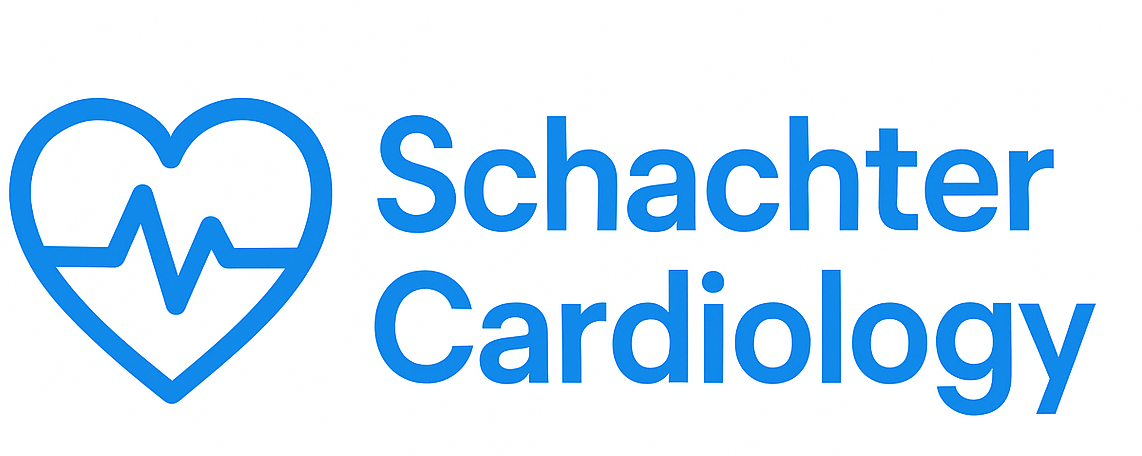Understanding the Role of Exercise in Cardiovascular Rehabilitation: A Comprehensive Guide
Cardiovascular rehabilitation is a medically supervised program designed to improve the cardiovascular health of individuals recovering from heart-related issues. One of the most critical components of this program is exercise, which has profound benefits for heart health. In this comprehensive guide, we will explore the importance of exercise in cardiovascular rehabilitation, the types of exercises recommended, how to get started, and the role of healthcare professionals in ensuring a safe and effective program.
The Importance of Exercise in Cardiovascular Rehabilitation
Exercise plays a vital role in the recovery and management of cardiovascular disease. Here are several key reasons why incorporating exercise is essential:
- Improves Cardiac Function: Regular exercise strengthens the heart muscle, improving its ability to pump blood efficiently. This can lead to better overall cardiovascular health.
- Reduces Risk Factors: Exercise helps manage key risk factors such as high blood pressure, high cholesterol levels, and diabetes, all of which contribute to heart disease.
- Enhances Mental Well-Being: Physical activity releases endorphins, which can improve mood and reduce feelings of anxiety and depression that often accompany heart conditions.
- Promotes Weight Management: Regular exercise helps with weight control, reducing the strain on the heart and lowering the risk of developing heart-related issues.
- Increases Endurance: Engaging in a structured exercise program can enhance physical endurance, allowing individuals to perform daily activities more easily and with less fatigue.
Types of Exercises Recommended in Rehabilitation
In a cardiovascular rehabilitation program, various types of exercises are recommended, each serving different purposes:
- Aerobic Exercise: Activities such as walking, cycling, swimming, and dancing improve cardiovascular fitness and endurance. It is typically encouraged to engage in aerobic exercises for at least 150 minutes per week.
- Strength Training: Resistance exercises help build muscle mass and improve overall strength. It is important to start with light weights and gradually increase intensity under professional guidance.
- Flexibility and Stretching: Flexibility exercises, such as yoga or stretching routines, can enhance range of motion and prevent injuries during other forms of exercise.
- Balance Exercises: These exercises are particularly important for older adults to prevent falls and improve stability. Activities like tai chi and balance-focused workouts can be beneficial.
Creating a Safe Exercise Program
Starting an exercise program, especially after a heart event, should always be done under medical supervision. Here are steps to create a safe exercise routine:
- Consult with Healthcare Professionals: Before beginning any exercise regimen, consult with your cardiologist or rehabilitation specialist. They can assess your health status and provide personalized recommendations.
- Set Realistic Goals: Work with healthcare professionals to set achievable short-term and long-term goals that align with your health condition and lifestyle.
- Start Slowly: Begin with low-intensity exercises and gradually increase the duration and intensity as your cardiovascular fitness improves. Listen to your body and take breaks as needed.
- Monitor Your Progress: Keep track of your workouts, heart rate, and any symptoms you experience. Regular follow-ups with your healthcare provider can help adjust your program as necessary.
The Role of Healthcare Professionals in Cardiac Rehabilitation
Healthcare professionals play a crucial role in the success of a cardiovascular rehabilitation program. Here’s how they contribute:
- Assessment: They conduct initial assessments to evaluate your cardiovascular condition and tailor an exercise program that meets your specific needs.
- Supervision: During exercise sessions, healthcare professionals ensure that participants are performing exercises safely and effectively, minimizing the risk of injury.
- Education: They provide education on heart-healthy lifestyle choices, including nutrition, smoking cessation, and stress management techniques that complement the physical activity.
- Support: Rehabilitation programs often include support groups or counseling services that encourage social interaction and provide emotional support for participants.
Getting Started with Your Rehabilitation Journey
Starting your cardiovascular rehabilitation journey can be both exciting and daunting. Here are some tips to help you get started:
- Find a Program: Look for a cardiac rehabilitation program in your area that is certified and staffed by qualified healthcare professionals.
- Join a Support Group: Connecting with others who are going through similar experiences can provide motivation and encouragement.
- Stay Committed: Consistency is key in any exercise program. Make exercise a regular part of your daily routine to reap the maximum benefits.
Conclusion
Exercise is a cornerstone of cardiovascular rehabilitation, offering numerous benefits for individuals recovering from heart disease. By engaging in a structured exercise program under the guidance of healthcare professionals, individuals can improve their heart health, manage risk factors, and enhance their quality of life. Whether you are recovering from a heart event or looking to maintain your cardiovascular health, incorporating regular physical activity into your routine is essential. Always consult with your healthcare provider before starting any new exercise program to ensure it is safe and suitable for your specific condition.
Remember, your heart health is in your hands, and taking proactive steps towards an active lifestyle can lead to a healthier, happier you.
Disclaimer: This article is for educational purposes only and does not constitute medical advice. Always consult a qualified healthcare professional.
